I swear. People are losing their damn minds.
I mentioned this all briefly in my Satanic Panic post back in April about how there are a bunch of Right Wing Evangelicals making the claim that Taylor Swift is a witch, or satanic, or both. Some have even gone as far as to "conclude" she must be a clone of Zeena Schreck, daughter of Church of Satan founder Anton LaVey. Ignoring the fact that cloning tech is nowhere near this good now, let alone when Taylor was born. I think they watched the movie "The Boys from Brazil" and thought it was a documentary. No. I don't give them the benefit of the doubt for having read the book instead.
I mean, I could go on and on; there is so much stupid shit out there. Just Google "Taylor Swift Witch" and read in horror how gullible (and stupid) some people are.
Honestly, it boils down to three things.
- She is a successful woman.
- She says what she wants, when, and how she wants.
- They can't control her, and they find that galling.
Plus, she is smart (as evidenced by her taking control of her own record deals) and knows how to have fun with her public persona (see "
No, Its Becky").
It's Me. I'm Witches.
So what do they do? They take a page from their favorite playbook, and I honestly think this is Page 1, and they try to demonize her—somewhat literally.
Parents, know what your kids are listening to!!
Here are a few samples of the lyrics from Taylor Swift's new...
Posted by Caring Love Foundation Uganda - CLFUG on Tuesday, April 30, 2024
Though some do have fun with it.
And of course, if someone mentions witches online, it has my attention.
It has been decided.
She is a witch in my games, specifically a Pumpkin Spice Witch. But since no PSL is complete without a dash of cinnamon, she has a dash of Mara Witch in her, too. Why? Because she thinks it is funny.
Taylor QuickHuman Female, Chaotic Good
19th Level Witch,
Pumpkin Spice Witch Tradition.
Strength 10
Intelligence 17
Wisdom 15
Dexterity 14
Constitution 12
Charisma 19
Saving Throws (Base)
Death Ray/Poison 7
Magic Wands 8
Paralysis, Polymorph 7
Dragon Breath 10
Rods, Staffs, Spells 9
Hit Points: 34
AC: 1 (Bracers of Defence)
Base THAC0: 14
(I know, THAC0 was not used in Basic D&D. You know what this means)
Occult Powers
1st level: Familiar, three cats
6th level: Things Man Was Not Meant To Know Are Fine for Women
13th level: Resting Witch Face
19th level: I Want to See Your Boss
Spells (new spells in italics)
1st Level: Allure, Bad Luck, Call Out, Delicate, Glamour, Greenery Light, Oh My God Becky!, Veritas (Truth Spell), BFFs (Ritual)
2nd Level: Bad Blood, Change Appearance, Light as a Feather Stiff as a Board, Invisible Strings, Sister to the Dark Ones, Witch Slap, You Can't Sit With Us
3rd Level: Bewitch III, Enchanted, Live Laugh Love, Love Attraction Candle, Lover’s Vengeance, Witch Fire, Shake it Off
4th Level: Dream Shield, Ethereal Projection, Intangible Cloak of Shadows, Rain of Spite, Starlight, Bring on the Night (Ritual)
5th Level: Better than Revenge, Cardigan of Comfort, Overlook, Tripping the Light Fantastic (Ritual)
6th Level: Banshee Blast, Cloak of Dreams, True Seeing
7th Level: Breath of the Goddess, Peace Aura, Hell Hath No Fury (Ritual)
8th Level: Bewitch VIII, Frightful Aspect
New Spells
Like any witch worth her cauldron, Taylor has written many spells herself. She also altered versions of classic witch spells, which she refers to as "Taylor's Versions."
Bad Blood
Level: Witch 2
Duration: Permanent
Range: All targets within 60'
This spell is like a friendship spell, only in reverse. Once cast, humanoids and intelligent creatures (INT greater than 7) who had previously had good relations will begin to dislike each other and begin to fight amongst each other.
A successful saving throw redirects these feelings of ill-will back to the witch who cast it.
Better than Revenge
Level: Witch 5
Duration: Instantaneous
Range: One target
This spell can only be targeted by someone who has personally hurt the witch. When triggered, usually by damage or some other hurt, the damage is returned back double. So, double damage or other effect. How that damage or effect is delivered to the victim is up to the witch herself.
There is no saving throw for this spell.
Cardigan of Comfort
Level: Witch 3
Duration: One hour
Range: One willing creature
This spell weaves magic like the threads of a well-worn cardigan, granting a sense of security and comfort to the target. Choose a creature you touch. The target gains resistance to cold damage and fey charm effects for the duration. Additionally, if the target falls unconscious while the spell is active, they regain consciousness with 1d8 bonus hit point.
Material Components: Verbal (soothing whispers), Somatic (knitting needles and yarn that vanish at the end of the spell), Material (a small token imbued with a memory of comfort, worth at least 25 gp).
Delicate
Level: Witch 1
Duration: 10 min
Range: Within 15 feet
The witch casts a subtle charm that makes the target more receptive to her words. The witch is treated as having as having a +4 to her Charisma score. This spell can't be used in combat.
Enchanted
Level: Witch 3
Duration: 1 hour
Range: 60 feet
With this spell the witch sings a haunting melody that enchants creatures of her choice within range. Each affected creature must succeed on a saving throw or be charmed by her for the duration. While charmed, the creature regards you as a trusted friend to be heeded and protected.
The witch can use this spell again on the same creature. Once enchanted any future use of this spell is at a -2 penalty for saves.
Invisible Strings
Level: Witch 2
Duration: Concentration, up to 1 minute
Range: Self
The witch can create invisible magical strings they can manipulate with her will. These strings can lift and manipulate objects weighing up to 10 pounds within 30 feet of of the witch. She can use these strings to perform simple tasks or remotely interact with objects.
Shake it Off
Level: Witch 3
Duration: Instantaneous
Range: All within hearing range
This spell, once uttered, will remove any one condition affecting those listening. This can include a Bewitch, Charm, Hold, Paralyze, Petrified, or Poisoned. Those hearing can also choose to regain half of their lost hit points instead of losing some condition. The only thing that is not affected is Sleep.
Starlight
Level: Witch 4
Duration: Concentration, up to 1 minute
Range: 120 feet
The witch calls down shimmering starlight in a 20-foot-radius sphere centered on a point within range. Each creature in the area must make a saving throw, taking 4d8 holy or radiant damage on a failed save, or half as much damage on a successful one. In addition, any area affected by this spell is brightly lit as per the daylight spell for the duration.
Material Components: A small crystal or gemstone.
--
Taylor is a lover, not a fighter. But still, don't piss her off. Or break-up with her.
Selected Links of Insanity
Other, more important links








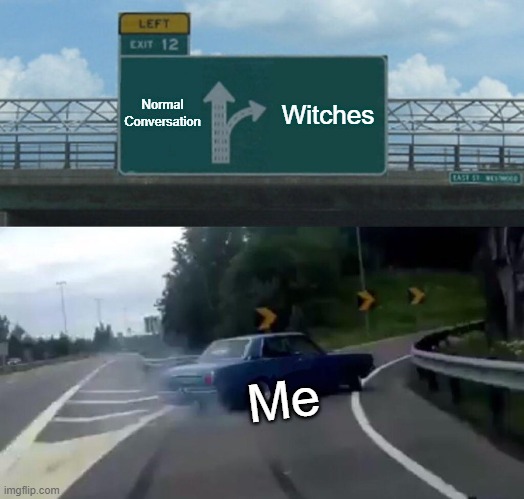


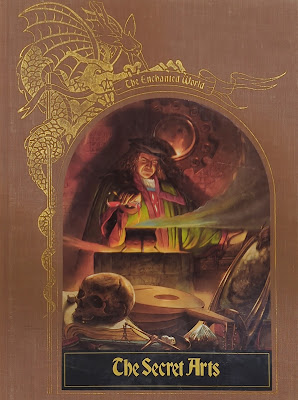




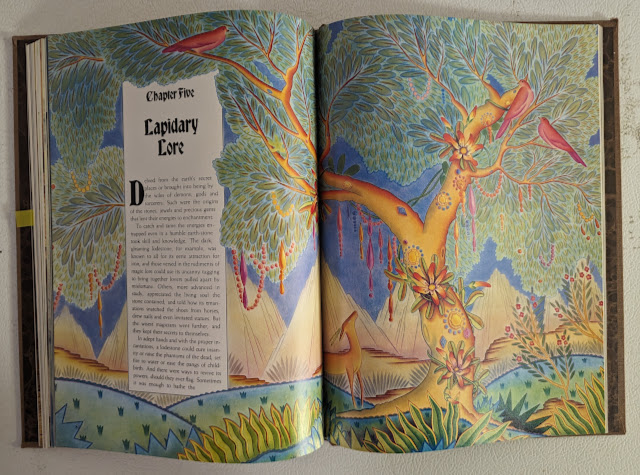


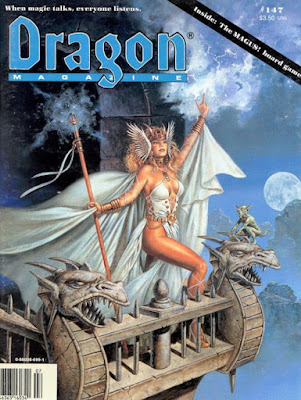




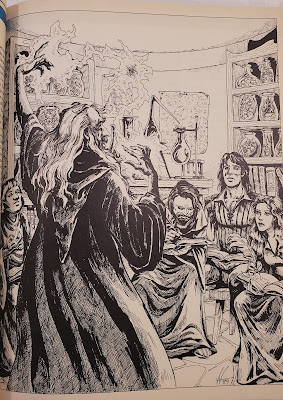
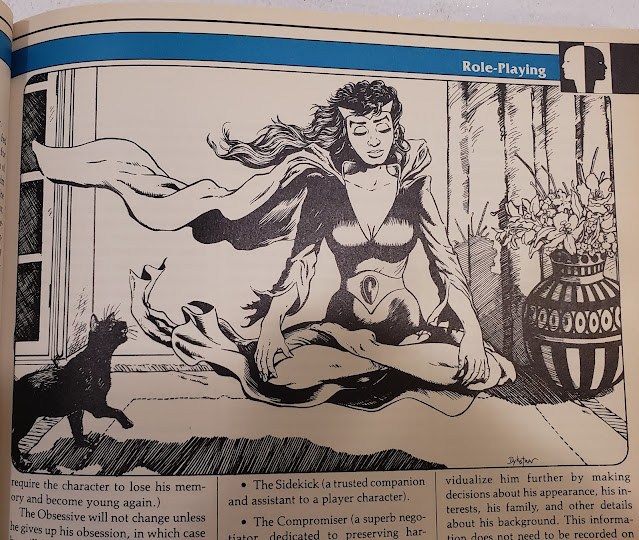



.jpg)


















